,
--
- ~ -
41
"
Collimation Eyepiece- Model #94182
Collimation
is
the process
of
aligning the optical
Using the Collimation Eyepiece
axes
of
all the optical elements
in
a telescope. When
properly collimated, all the mirrors (or lens) will be
1.
Remove the eyepiece or any other accessory from
centered and angled so that the light entering the
the focuser and rack the focuser all the way
in
telescope will form the sharpe
pessible-irnag h
towards the tube.
Collimation Eyepiece
is
a
combination
of
a "sight tube"
and a · "Cheshire eyepiece."
The sight tube portion
of
the
Collimation eyepiece has
cross hairs to accurately define
the center
of
the optical axis,
and
is
used to make sure that
the secondary mirror is
centered directly under the
focuser. The Cheshire portion
of
the eyepiece has a polished
45° angled element that
reflects light from the cutout
hole
in
the side
of
the barrel
down into the optical path.
The polished flat element
projects a bright ring
of
light,
providing a target for aligning
the primary mirror.
Identifying
What
You See.
Figure 2 represents what - a
properly collimated
Newtonian telescope would
look like when looking into the
focuser tube with the eyepiece
Sight Hole
Polished
45°
Reflective Flat
1%"
Barrel
Crosshairs
Figure
1
2. Insert the Collimation
Eyepiece into the foe user far
enough that the bottom edge
of
the barrel appears slightly
larger than the outer edge
of
the secondary mirror when
looking through the sight
hole.
3. Rotate the eyepiece so
that the cutout on the side
of
the barrel
is
towards an
external light source.
(If
collimating at night, shine a
flashlight ' through the
cutout).
~
e
~
p
J)i
nt
t
~
cutout
side
of
the eyepiece
at
or
near
the sun; serious
and
instant
eye damage
can
result.
4.
Look into the sight hole
to determine
if
the
secondary
is
positioned
directly under the focuser
tube.
--
The center
of
the
secondary mirror should be
positioned directly under the
intersection
of
the cross
removed. The figure labels the major parts
of
a
hairs
of
the Collimation Eyepiece, it will need to
typical Newtonian telescop
e.
However, what you
be ad
ju
sted. This is usually done
by
rotating the
see when looking through your
t
eles~01'e
will
threaded rod that holds the secondary holder.
depend on the manufacturer
of
the telescope. For
Additionally, the threaded rod can slide up and
example, many Celestron models use a single stalk
down through the spider for adjustments
in
the
to support the secondary mirror instead
of
a four
other axis. To adjust a stalk-type secondary
v~e
spider. Therefore, when looking through the
holder, there
is
usually a center boit that can be
focuser you would see a single vane leading out to
loosened to allow rotation
of
the secondary holder.
the secondary mirror as opposed to four vanes.
5.
Next, you need to adjust the tilt
of
the secondary
mi
rror so that the entire reflection of the primary
mirror
is
visible in the secondary mirror. Use the
hairs.
If
the secondary
is
not centered
in
the cross
Celestron International, 2835 Columbia Street, Torrance,
CA
90503·
Phone (310) 328-9560 •
Fax
(310) 212-5835
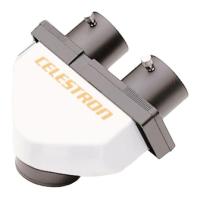
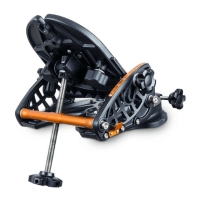
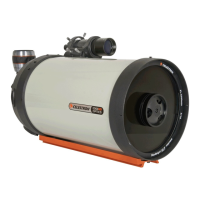
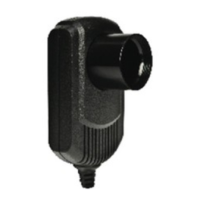
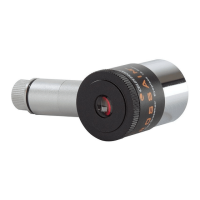

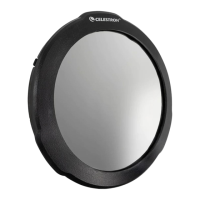
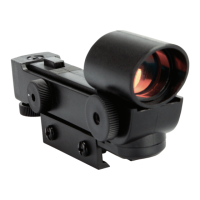
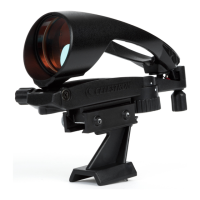
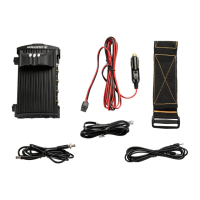
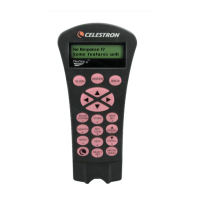
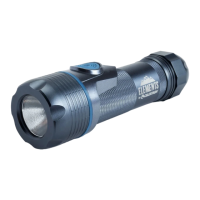
